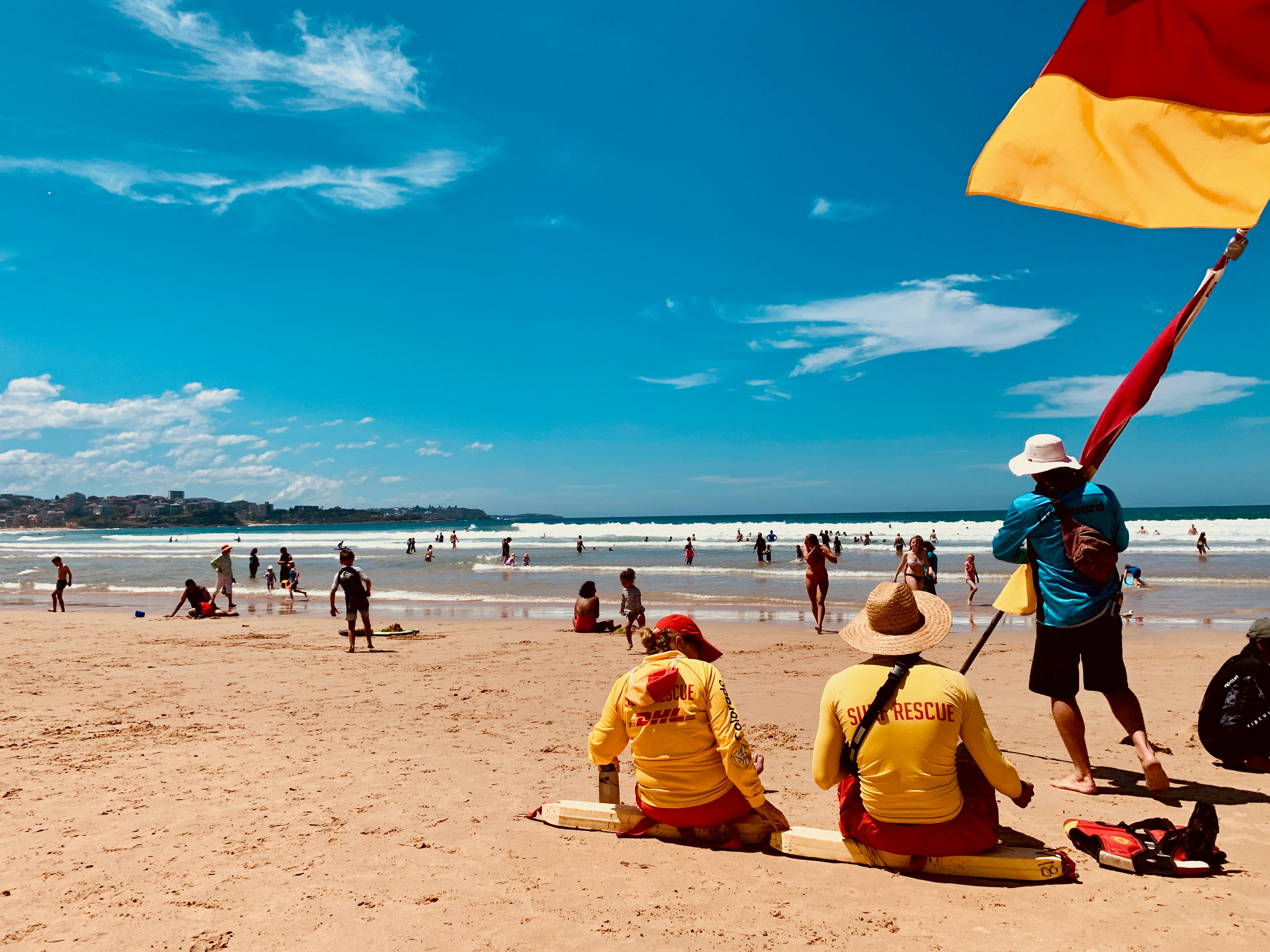News release
From:
Beyond Drowning: New Research Exposes Lesser-Known Coastal Threats
Research published today in the Australian and New Zealand Journal of Public Health shows that almost 40% of deaths that occur on the coast are not drowning related, with cardiac conditions and traumatic injuries the major culprits.
The research conducted by Surf Life Saving Australia shows over half of these non-drowning deaths were due to cardiac conditions (51.8%) with other causes including traumatic/collision injuries (15.9%) falls (10.4%) and marine creatures (5%). Of all 1,667 deaths on the coast over a 10-year period, less than 2% were attributed to marine creatures of any kind, including jellyfish and sharks.
Lead researcher Sean Kelly from Surf Life Saving Australia says this is the first study of its kind into non-drowning fatalities on the coast and examined the causes of 620 non-drowning deaths that occurred over a 10-year period.
“Our research showed that males were 5.2 times more likely to die than females, with younger populations found to die disproportionately along the coast with the primary causes being falls and traumatic/collision injuries.
“Those living in or visiting rural and remote areas were also found to be at higher risk, largely due to poorer access to services and longer incident response times.
“While sharks are often top-of-mind for those visiting the beach, all marine creatures including sharks and jellyfish only made up 5% of non-drowning deaths and less than 2% of overall coastal deaths.”
Adam Weir, CEO of Surf Life Saving Australia says that volunteer surf lifesavers take a wholistic approach to reducing risk on the coast and are highly trained to respond to a variety of situations along the coast.
“Even strong and experienced beach goers can find themselves in circumstances where they need urgent help, for instance because of a cardiac condition or traumatic injury. The number of deaths caused by cardiac conditions show the importance of CPR training and defibrillator access, which greatly increase the chances of survival in these incidents.
“All our patrolling members have been trained in these skills and responding to non-drowning incidents is a big part of what we do. I would encourage everyone to undergo CPR or First Aid training which is provided by Surf Life Saving in each State.
“Where possible, always swim at a patrolled beach between the red and yellow flags or if you are at an unpatrolled location, swim with a buddy, and make sure you know what to do if you find yourself in a dangerous situation.”
Surf Life Saving Australia Safety Tips:
· Swim at a patrolled beach between the red and yellow flags.
· Download the BeachSafe App or visit beachsafe.org.au to find a patrolled beach and for latest safety advice.
· Always supervise children in, on and around water.
· Avoid alcohol and drugs around water.
· Wear a lifejacket when boating, rock fishing or paddling.
· Check the conditions, including weather forecasts.
ENDS



 Australia
Australia



